.PNG)
Atomic Structure Timeline Presentation Chemistry
Democritus (born c. 460 bce —died c. 370) ancient Greek philosopher, a central figure in the development of philosophical atomism and of the atomic theory of the universe. Knowledge of Democritus's life is largely limited to untrustworthy tradition. It seems that he was a wealthy citizen of Abdera, in Thrace; that he traveled widely in the.

Democritus Atom Model Diagram
The modern atomic theory, proposed about 1803 by the English chemist John Dalton (Figure 4.2. 1 ), is a fundamental concept that states that all elements are composed of atoms. Previously, we defined an atom as the smallest part of an element that maintains the identity of that element.

Democritus by
Democritus. First published Sun Aug 15, 2004; substantive revision Sat Jan 7, 2023. Democritus, known in antiquity as the 'laughing philosopher' because of his emphasis on the value of 'cheerfulness,' was one of the two founders of ancient atomist theory. He elaborated a system originated by his teacher Leucippus into a materialist.
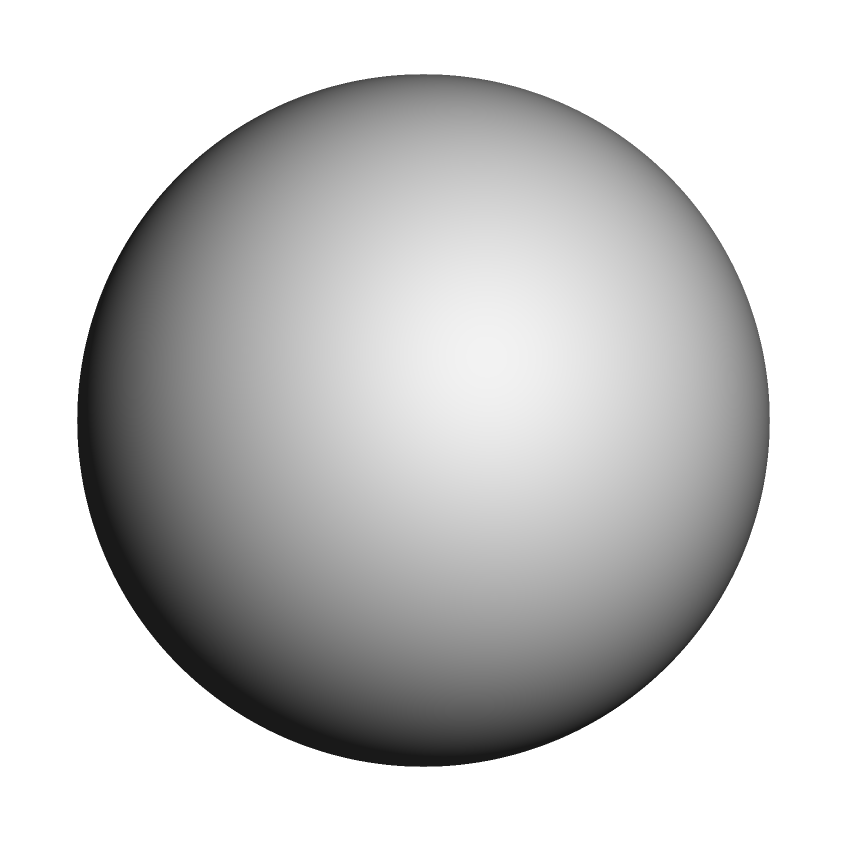
History Notes CPS rabatinscience
Below are the four principles or claims that compose Democritus' atomic theory: 1) All things are composed of the atomos or the fundamental particles, atoms. 2) Atoms cannot be destroyed. 3) Atoms.
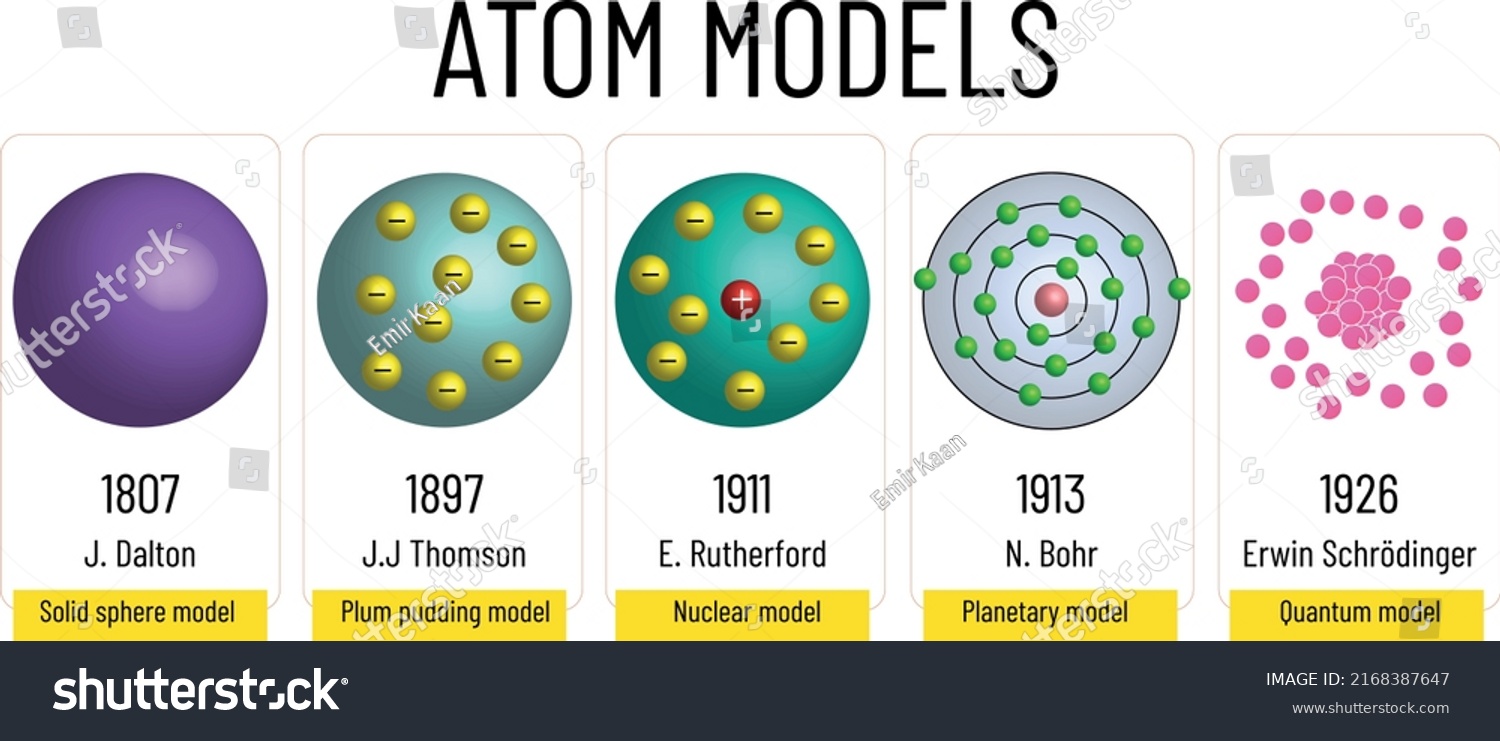
Modelos Atom Modelos Científico Y Años vector de stock (libre de regalías) 2168387647
Development of atomic theory. The concept of the atom that Western scientists accepted in broad outline from the 1600s until about 1900 originated with Greek philosophers in the 5th century bce. Their speculation about a hard, indivisible fundamental particle of nature was replaced slowly by a scientific theory supported by experiment and.

CYNICS, SKEPTICS, ATOMISTS AND RELATIVISTS Pandaemonium
Democritus ( / dɪˈmɒkrɪtəs /, dim-OCK-rit-əs; Greek: Δημόκριτος, Dēmókritos, meaning "chosen of the people"; c. 460 - c. 370 BC) was an Ancient Greek pre-Socratic philosopher from Abdera, primarily remembered today for his formulation of an atomic theory of the universe. [1] None of his work has survived.
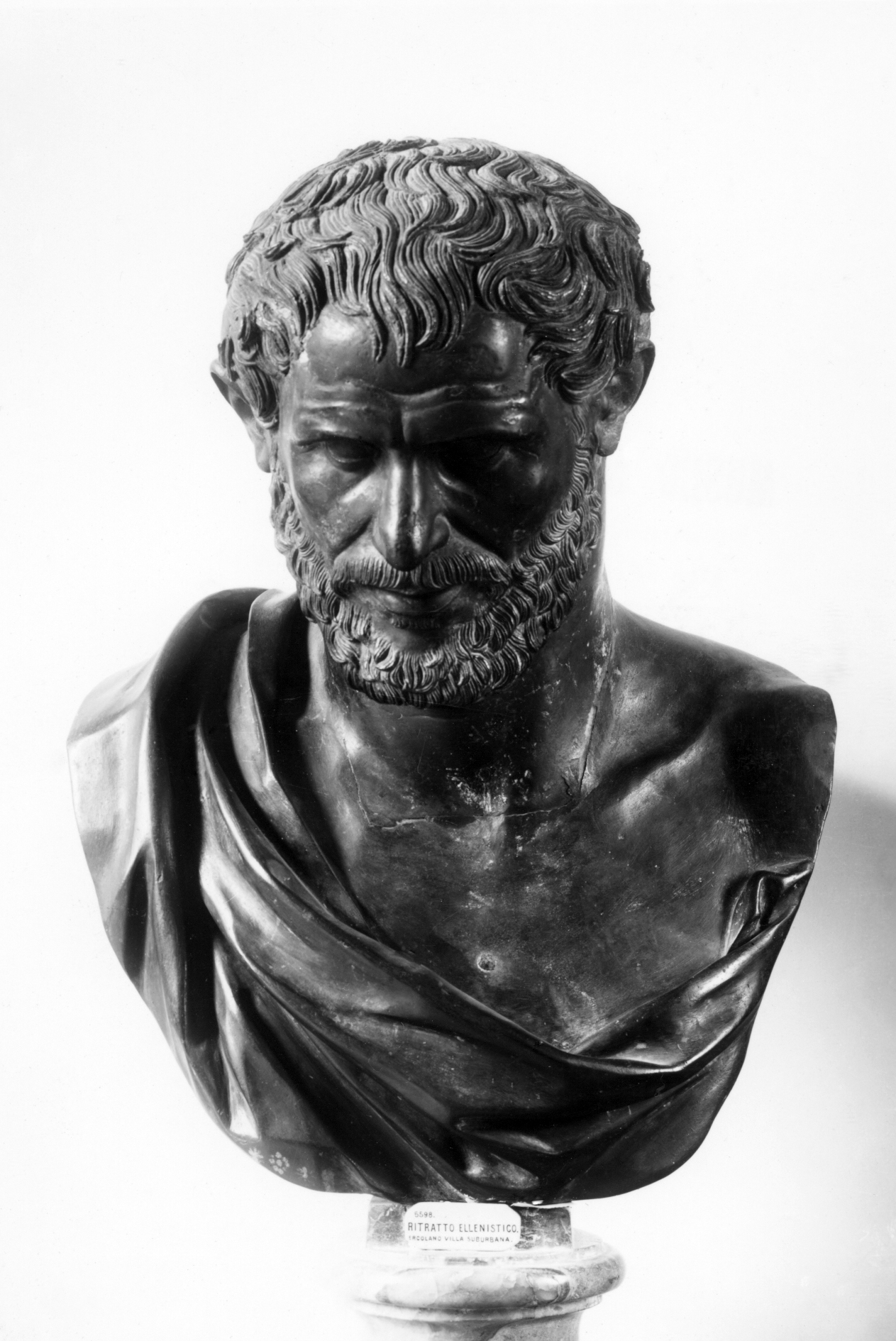
atomic theory on emaze
Democritus, an ancient Greek philosopher, stands tall as one of the founders of modern science. Although his version of the atomic model is very different from the modern theory, his methods and conceptions are very similar to those of the modern formulation. He is acclaimed for formulating an atomic theory of the universe.
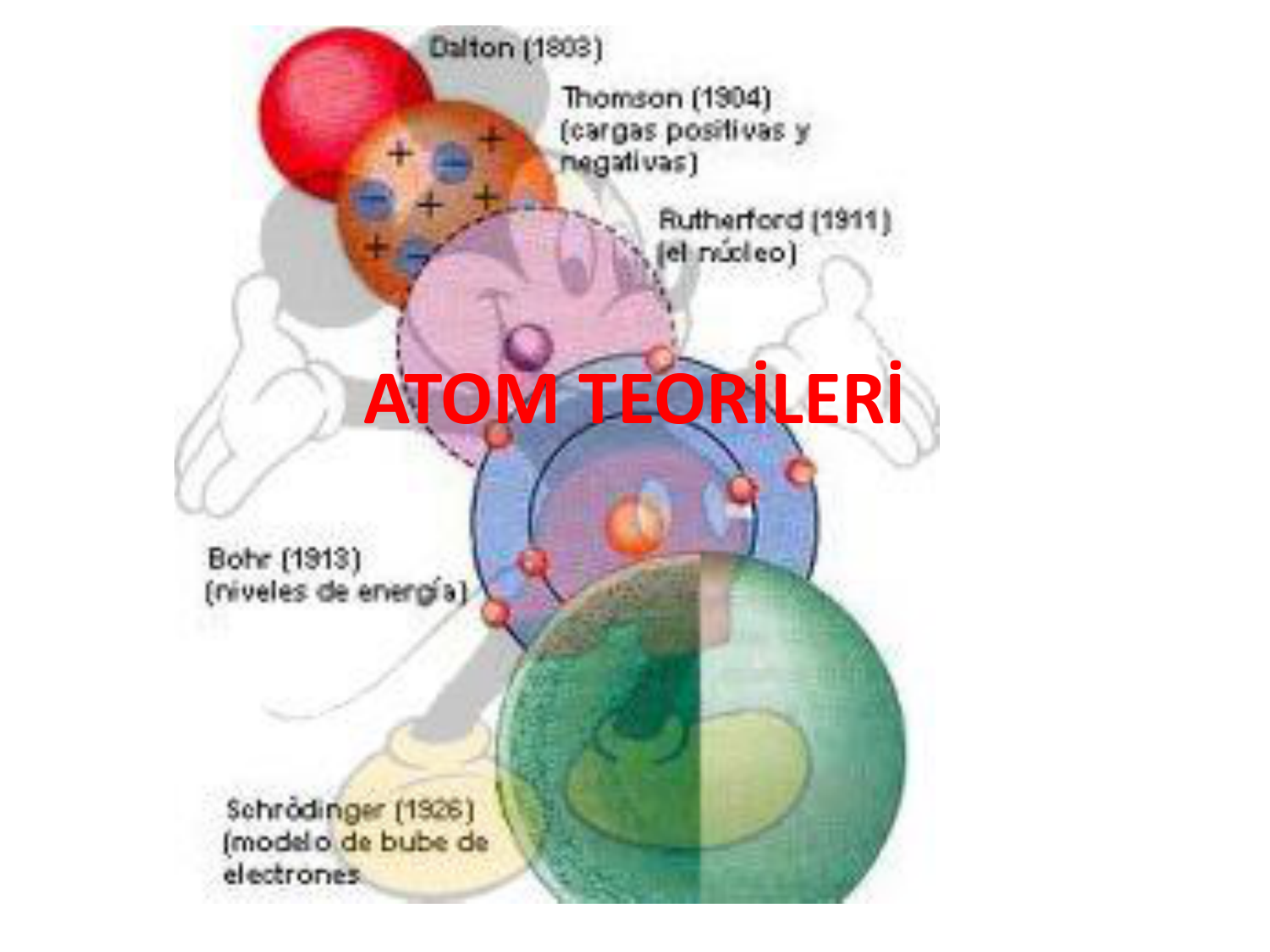
rutherford atom modeli
In this lesson, we will review the development of the atomic theory. One of the first atomic theorists was Democritus, a Greek philosopher who lived in the fifth century BC. Democritus knew that if a stone was divided in half, the two halves would have essentially the same properties as the whole.Therefore, he reasoned that if the stone were to.

geçmişten günümüze atom
The Atomic Philosophy is said to be originated by Leucippus of Miletus of 5th century BCE. Democritus of Abdera, the disciple of Leucippus of Miletus, further contributed to it. Democritus named the building block of matter atoms which means "indivisible". He believed that atoms were uniform, solid, hard, incompressible, and indestructible.

ATOMIC THEORY1 [DEMOCRITUS] YouTube
Antik Yunanca'da "bölünemez" anlamına gelmekte olan atomlar, Demokritos'a göre sonsuz sayıda, çeşitli şekil ve boyutlardaydı. Aynı zamanda katı bir yapıya sahipti atomlar. Görsel: Demokritos Atom Modeli. Demokritos'a göre atomlar, evrendeki bütün maddeleri oluşturan, bölünemez bir yapıya sahip en küçük cisimlerdi.

Democritus (460 370 BC) Portrait tattoo, Male sketch, Greek statue
One of these philosophers was Democritus (~460-370 B.C.E.), often referred to as the "laughing philosopher" because of his emphasis on cheerfulness. He taught that there were substances called atoms and that these atoms made up all material things. The atoms were unchangeable, indestructible, and always existed. Figure 4.1.3 4.1. 3: Democritus.

Atomic Models History Infographic Diagram Including เวกเตอร์สต็อก (ปลอดค่าลิขสิทธิ์) 2076184804
So, for the next 2,000 years, the world depended on the theories of Democritus and Aristotle, until the year 1808, when John Dalton came up with the Modern Atomic Theory. Due to a lack of evidence and experiments, their views on what atoms look like and how they behave were incorrect. Its actual existence was not established until the 19th.
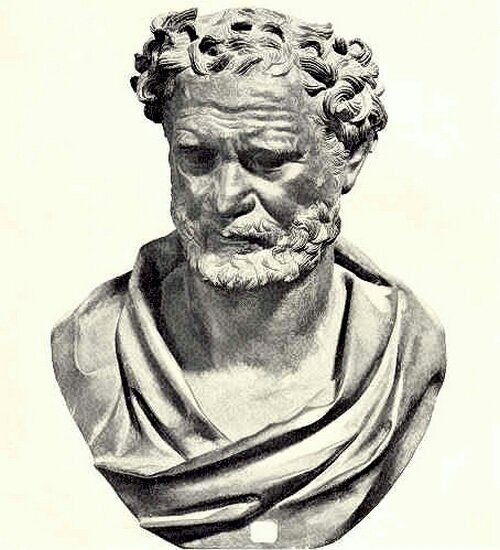
Modelos Atómicos en la Ciencia • [Parte I] •Ciencia• Amino
Around 400 B.C.E., the Greek philosopher Democritus introduced the idea of the atom as the basic building block matter. Democritus thought that atoms are tiny, uncuttable, solid particles that are surrounded by empty space and constantly moving at random. Democritus surmised that different kinds of matter consist of different types or.
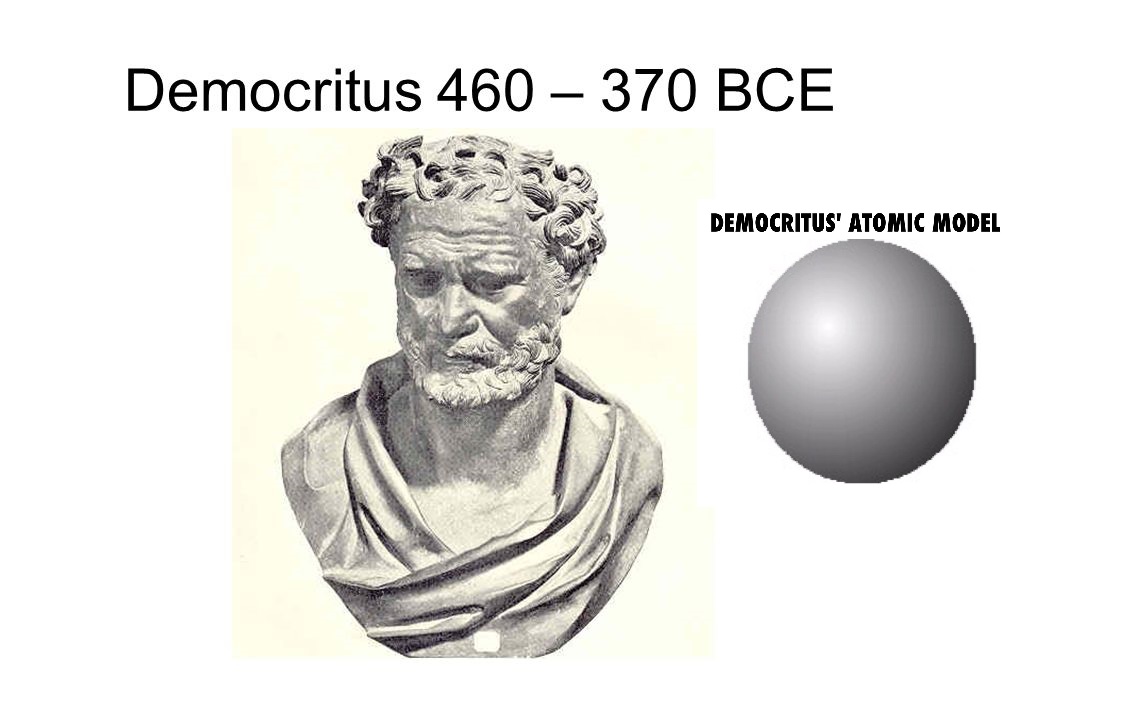
Kimya bir deniz, fikirleriniz gibi.. Demokritos kimdir?
Here you will find curriculum-based, online educational resources for Chemistry for all grades. Subscribe and get access to thousands of top quality interact.

Atom Modelleri Nelerdir? » TechWorm
Democritus: A Molecular Dynamics simulation. Atomic theory. About 400 B.C. the Greek philosopher Democritus suggested that all matter was formed of different types of tiny discrete particles and that the properties of these particles also determined the properties of matter. This theory had some support from other philosophers, such as.

Perkembangan Model Atom
The most significant point of Democritus' atom model is the concept of the atom as the smallest portion into which a chemical element could be divided. How Did the Democritus Model Evolve? During the High Middle Ages in Western Europe, atomism was almost forgotten. In the 12th century, he became famous again in Western Europe thanks to.